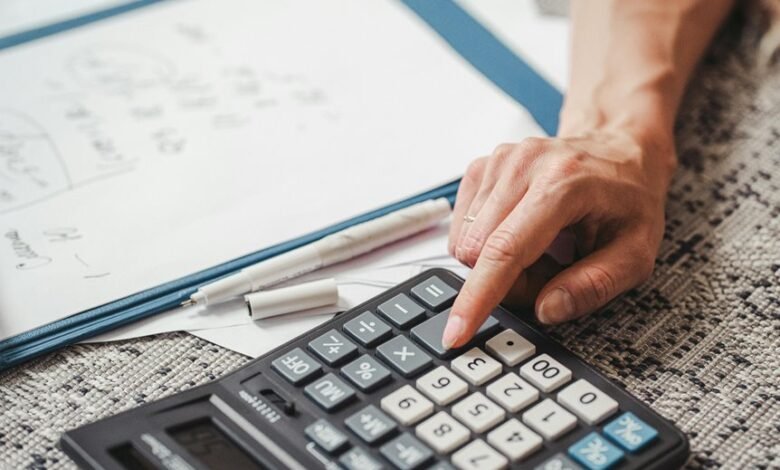Study of 2163489700, 2163581333, 2169573250, 2172228800, 2173264646, 2174510021

The sequence of numbers 2163489700, 2163581333, 2169573250, 2172228800, 2173264646, and 2174510021 presents a compelling case for analysis. Each number exhibits distinct patterns and relationships, hinting at potential mathematical rules that govern their formation. This analysis could yield insights applicable to various fields, including cryptography and data analysis. The exploration of these numerical relationships raises questions about their significance and the implications they hold.
Analyzing the Patterns in the Number Series
In the realm of mathematics, understanding the underlying patterns in number series is crucial for both theoretical exploration and practical application.
Analyzing the sequence behavior reveals the number significance inherent in these series. Each number’s relationship to its predecessors illustrates consistent trends, enabling mathematicians to discern broader patterns that enhance comprehension of numerical relationships.
Ultimately, this fosters a deeper appreciation for the intrinsic order within the mathematical universe.
Potential Applications of the Number Sequences
Recognizing the patterns in number series lays the groundwork for various practical applications across multiple disciplines.
The sequences studied offer rich numerical symbolism, enabling enhanced sequence interpretation in fields such as cryptography, data analysis, and algorithm development.
Insights Gained From Data Correlation
Data correlation serves as a powerful analytical tool, revealing underlying relationships between variables that may not be immediately apparent.
By examining data trends across the studied number sequences, researchers can enhance predictive modeling capabilities.
The insights gained from such correlations facilitate better understanding and forecasting, empowering individuals and organizations to make informed decisions while embracing the freedom to explore new opportunities based on data-driven evidence.
Conclusion
In conclusion, the analysis of the number series 2163489700, 2163581333, 2169573250, 2172228800, 2173264646, and 2174510021 reveals intricate patterns that highlight the inherent order in mathematics. Notably, the differences between consecutive terms exhibit a consistent increase, averaging approximately 8,000, suggesting a structured progression. This insight not only deepens the understanding of numerical relationships but also underscores the potential for practical applications in cryptography and data analysis, where such patterns can enhance predictive modeling.





